January 2025
Fig.1
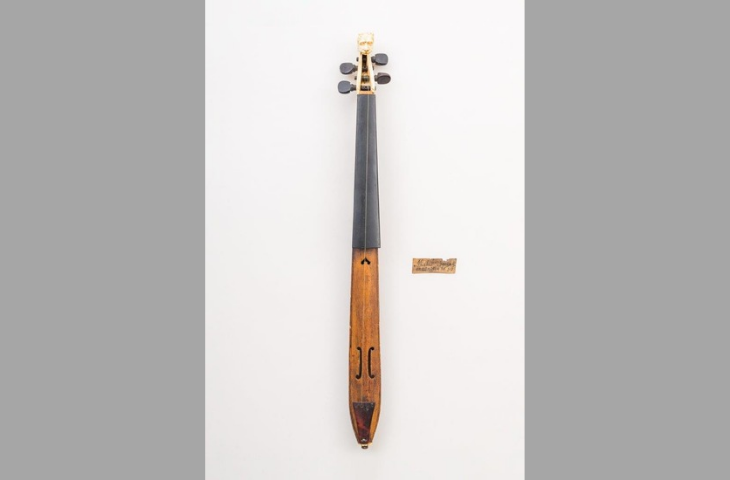
Kit, Michel Straub, Venice, 1686, inv. 0491
Fig.2
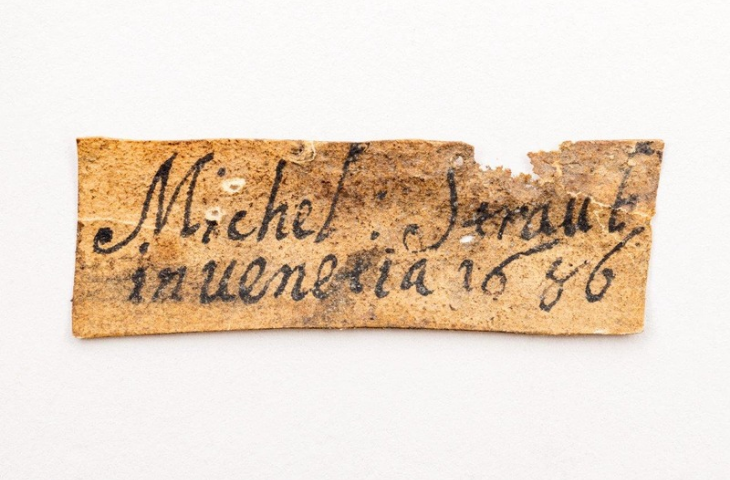
Kit (label), Michel Straub, Venice, 1686, inv. 0491
Fig.3
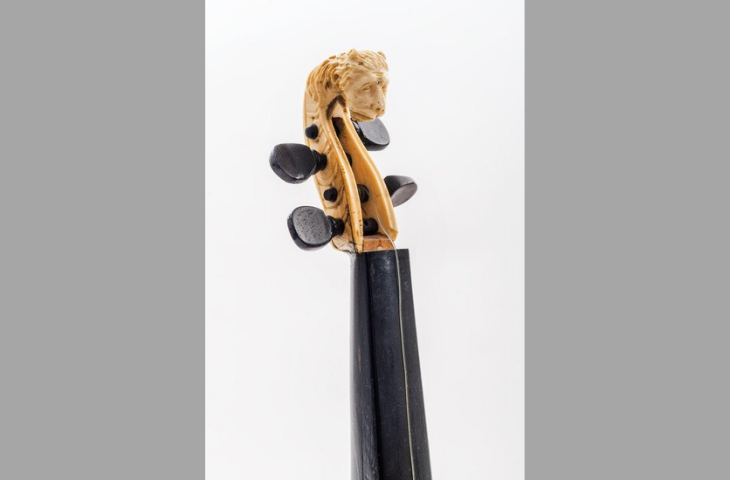
Kit (scroll), Michel Straub, Venice, 1686, inv. 0491
Fig.4
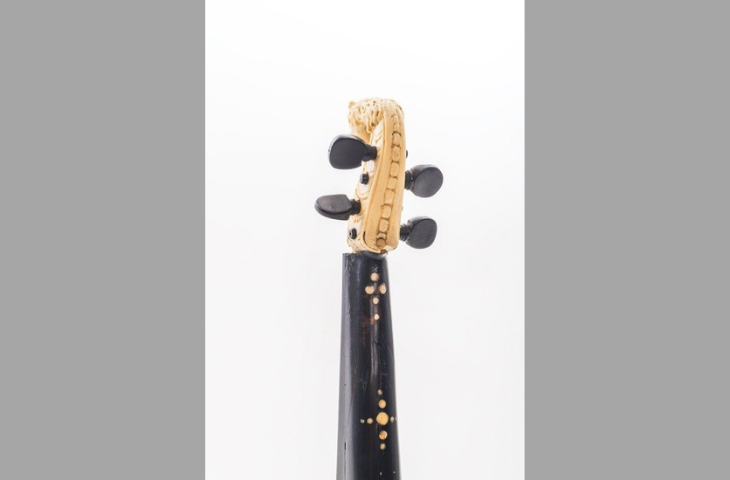
Kit (scroll), Michel Straub, Venice, 1686, inv. 0491
Fig.5
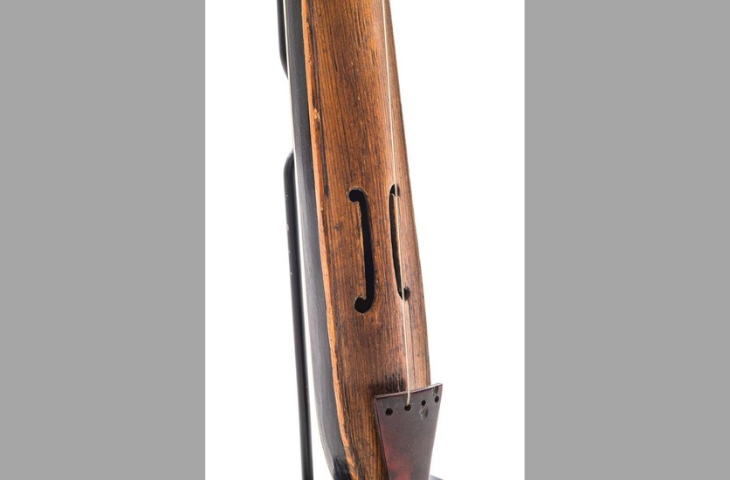
Kit (soundboard), Michel Straub, Venice, 1686, inv. 0491
The kit: a small string instrument with a remarkable story
The kit is a small stringed instrument. The French theorist Marin Mersenne (1588-1648) wrote in his Harmonie Universelle (1636) that it was used by violinists who gave dance lessons and carried it in their pockets. Due to the limited volume of the sound box, the instrument has a shrill sound, hence the Flemish nickname creytertje.
Contrary to what Mersenne suggested, the kit was not only played by dance masters. It could also be used on stage or at home, but its success is undoubtedly linked to the social importance of dance in the 17th and 18th centuries.
The kit, inv. no. 0491, bears a label that reads Michel Straub in Venezia 1686. Michele Straub or Strauss (1631-after 1685) was a violin maker from Füssen who settled in Venice in 1659. The instrument has an elongated boat shape. The back consists of five ribs separated by an inlay. The soundboard has two C-shaped sound holes and one in the shape of an inverted heart. The neck is crowned by an ivory lion's head – probably of later origin than the rest of the instrument – and is decorated with dotted motifs on the back.
In the 19th century this kit belonged to Auguste Tolbecque (1830-1919), a violin maker, cellist and composer who amassed a large collection of musical instruments. In 1879, this collection was sold to the Museum of Musical Instruments of the Brussels Conservatory – later the MIM. In 1969, however, the kit was stolen during an exhibition organised by the Musical Instruments Museum at the Hôtel de Sully in Paris. It resurfaced in September 2024 when it was presented to an auction house, which identified it by its label.
Bibliography
- Marin Mersenne, Harmonie universelle, Livre quatriesme des Instrvmens a chordes, Paris, 1636, p. 177.
- René de Maeyer (éd.), Exposition des instruments de musique des XVIème et XVIIème siècles: organisée par le Musée Instrumental de Bruxelles en l’Hôtel de Sully à Paris, June 1969.
- Stefano Pio, Violin and lute makers of Venice: Venezia 1640-1760, Venezia, Venice Research, 2004, p. 79-84.
- Rachael Durkin, « The Dancing-Master’s Toolkit: a Summary of the Pochette of the Seventeenth and Eighteenth Centuries and its Role in Society », The Galpin Society Journal, 70 (2017), p. 65-79, 225.